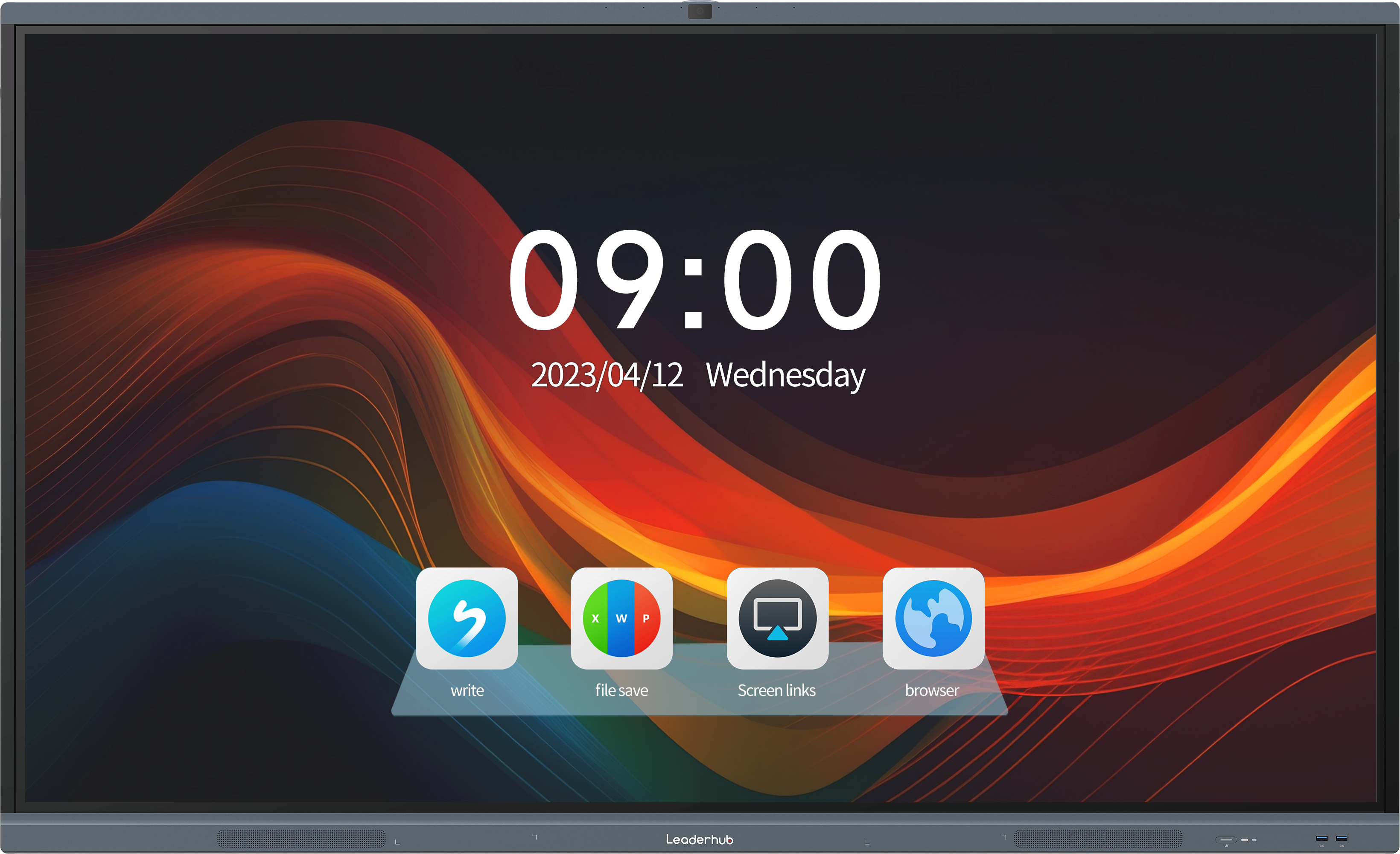An In-depth Guide to Selecting the Ideal Software for Your Needs

Interactive whiteboard software has become an essential tool in modern classrooms, allowing educators to create engaging and interactive lessons. Choosing the right software for your classroom can be a daunting task, given the multitude of options available in the market. To help you make an informed decision, this guide presents key factors to consider when selecting classroom interactive whiteboard software.
1. Compatibility and Ease of Use
Before purchasing any interactive whiteboard software, ensure that it is compatible with the operating system and hardware present in your classroom. Evaluate whether the software supports Windows, macOS, or other platforms commonly used in your school. Additionally, consider the ease of use for both teachers and students. Look for software that offers an intuitive interface, simple navigation, and clear instructions for educators to easily incorporate it into their teaching practices.
2. Features and Functionality
When assessing interactive whiteboard software, it is essential to evaluate the features and functionality it offers. Consider the tools that will enhance your teaching style, such as annotation options, screen recording capabilities, multimedia integration, and ability to import/export files in various formats. Ensure that the software allows for interactivity between the whiteboard and other devices in the classroom, such as tablets or smartphones, enabling seamless collaboration and participation.
3. Educational Content and Resources
Another crucial aspect when choosing classroom interactive whiteboard software is the availability of educational content and resources. Look for software that provides access to a vast library of pre-made lessons, interactive quizzes, educational videos, and 3D models. Additionally, consider the availability of lesson templates and curriculum-aligned content that can save teachers valuable preparation time. A software package that offers a comprehensive range of educational resources can greatly enhance the learning experience for students.
In conclusion, selecting the right classroom interactive whiteboard software requires careful consideration of compatibility, ease of use, features, functionality, and educational content available. By assessing these factors, educators can ensure that the software they choose aligns with their teaching style, enhances student engagement, and maximizes the potential of interactive whiteboards in the classroom.

